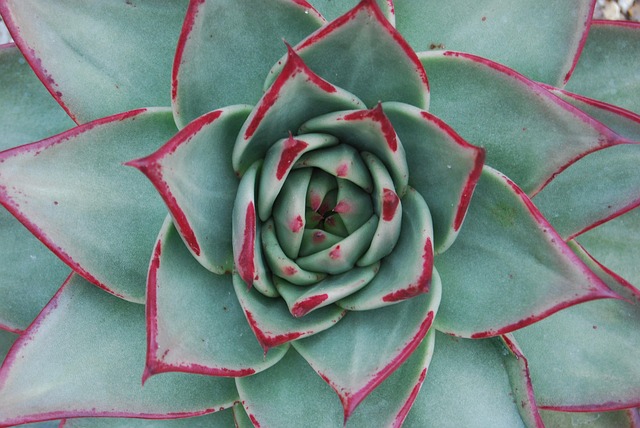In the world of photography, there’s an innate desire among artists to capture not just images but emotions, stories, and beauty in its purest form. Central to this quest is the concept of balance and harmony, often epitomized by the Golden Ratio. This mathematical phenomenon, approximately 1.618, is found throughout nature and has fascinated artists for centuries. In layered photography, understanding and applying the Golden Ratio can transform a seemingly simple image into a masterpiece.
Layered photography involves building depth and dimension within a single frame. It invites photographers to experiment with multiple exposures, textures, and elements to create a visually compelling narrative. When the Golden Ratio is strategically implemented, each layer works in harmony, enticing the viewer’s eye to move gracefully across the image. By positioning key subjects along the lines defined by the Golden Ratio, photographers can evoke a natural sense of balance, making the photo more engaging and aesthetically pleasing.
The magic of the Golden Ratio doesn’t just lie in its mathematical precision but also in its ability to resonate emotionally with the audience. It speaks to the innate human experience, as we often find ourselves drawn to places and objects that embody this ratio. For a photographer, understanding the Golden Ratio means harnessing this instinctual pull, guiding the viewer’s gaze in a way that feels intuitive, almost familiar.
Imagine standing before a stunning sunset, where layers of color and light paint the sky. Every hue, from deep oranges to soft pinks, blends seamlessly into one another, drawing you deeper into the scene. By utilizing your camera’s optics to capture this layered beauty while applying the principles of the Golden Ratio, you can replicate this experience in your photography. The careful arrangement of elements in your frame, governed by this ratio, can elevate a simple photograph into a moment that resonates deeply with those who view it.
Another fascinating aspect of incorporating the Golden Ratio in layered photography is its versatility. Whether using natural elements, architectural lines, or even human subjects, the principles remain consistent. For instance, when photographing a landscape, placing the horizon line along the lower third of the frame ensures dynamic space above, inviting viewers to immerse themselves in the scene. This approach, when paired with varying layers—like foreground plants or distant mountains—creates a rich tapestry that draws the eye upward and outward.
Moreover, advancements in camera technology and optics have made it easier than ever to explore layered photography. Innovative features like depth mapping and multi-exposure settings allow photographers to experiment with compositions that embrace the Golden Ratio effortlessly. Whether you’re shooting with a DSLR or a smartphone camera, the application of this mathematical beauty can bring a new dimension to your work.
For those eager to embark on this artistic journey, consider exploring the Golden Ratio through various projects. Begin with a series of photos focused on a single subject, layering different angles and perspectives to create depth. Analyze how the placement of each layer influences the overall composition and feeling of the image. Embrace the challenge of finding beauty in balance and symmetry, allowing the Golden Ratio to guide your creative process.
As we dive deeper into the layers of photography, we uncover not just the technical aspects of capturing an image but also the emotional resonance that comes from understanding the art. The Golden Ratio serves as a bridge between the mathematical world and the creative realm, enabling photographers to harness the beauty of balance and harmony in their work. Embrace this concept, and let it guide you through the layers of your photographic exploration.



